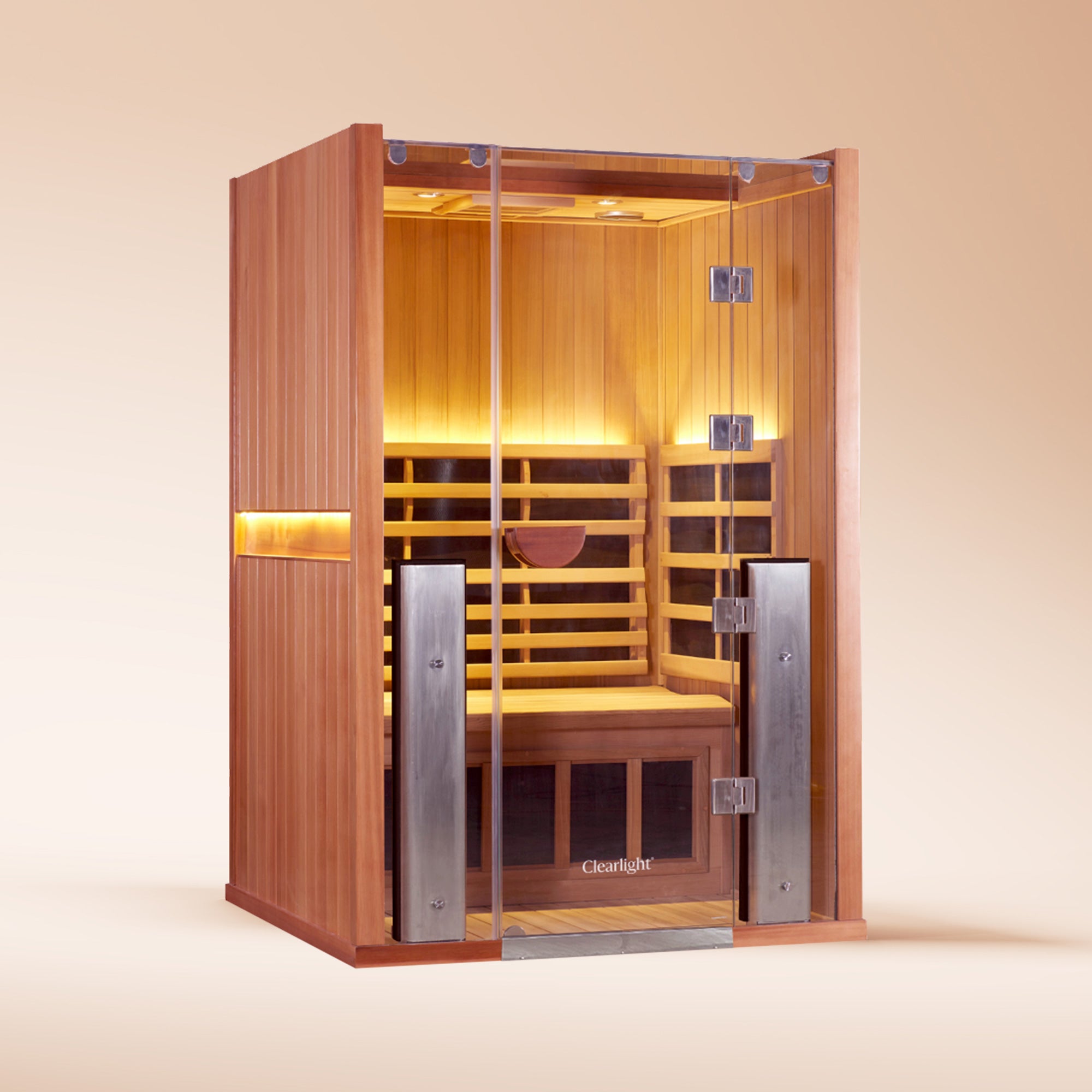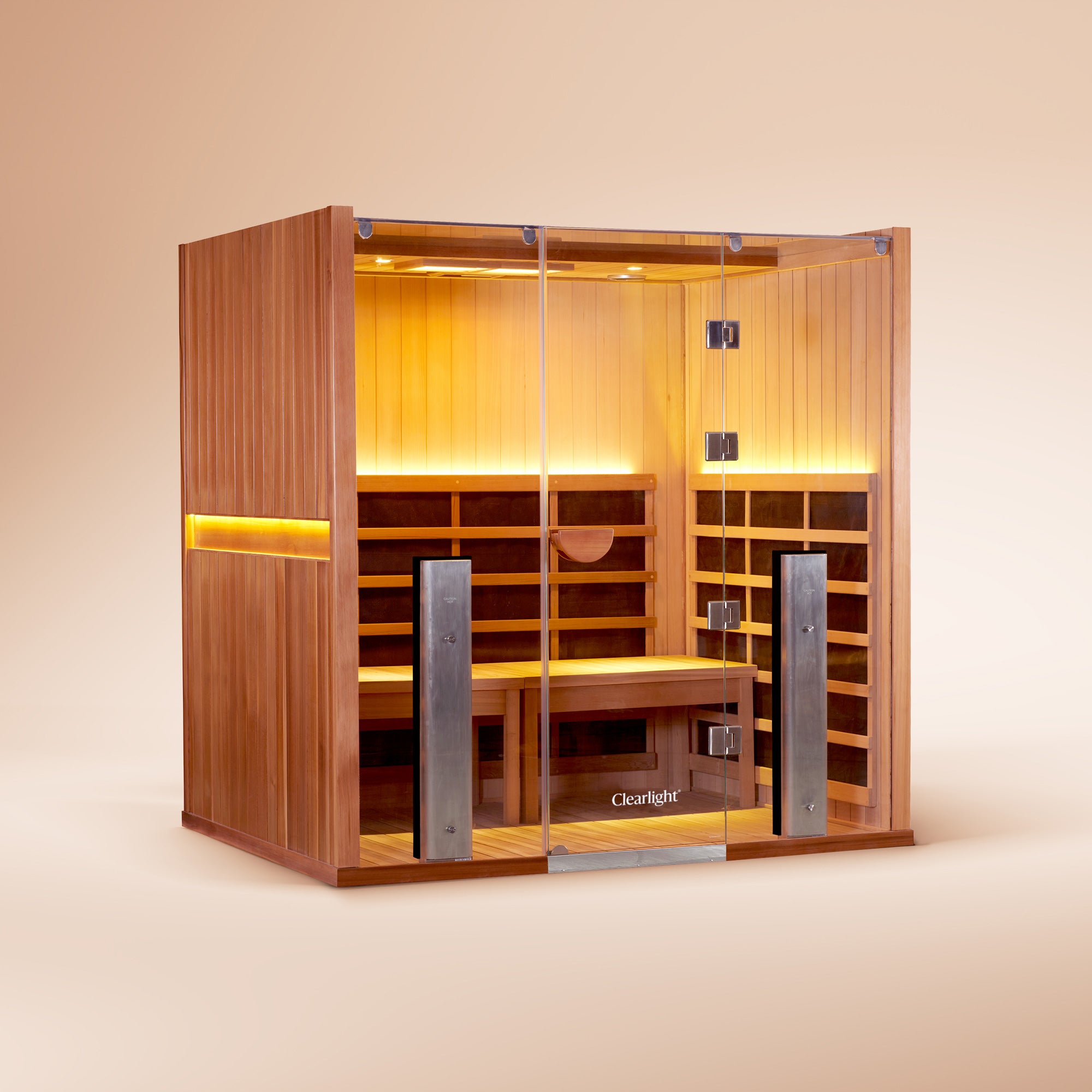In this blog post, I’ll explore the scientific basis for the infrared sauna mitochondria connection. Mitochondria are the “energy-producing factories” of your cells - i.e., the entities that create the energy to sustain life and thrive - and are foundational to your health.
As you’ll soon learn, the health of your mitochondria is essential for maintaining great health into old age. In this blog post I’ll argue that currently published science shows that by keeping your mitochondria healthy and plentiful, you can also improve your health and avert some of the inevitable decline in health in old ageing. But, before considering that infrared sauna mitochondria link, let’s first dive deeper into what mitochondria essentially are:
Mitochondria - Basics Of The Energy-Producing Factories Of Your Cells
In this section, I’ll explain to you why mitochondria are so important for complex life to exist and why you’ll want to keep them as plentiful and healthy as possible. I’ll accomplish that goal by breaking down very complicated concepts from evolutionary biology in simple to understand terms.
The “cell” is the main unit of account in biology in the same way that currency or money is the main unit of account in economics. In biology, that statement implies that the simplest of organisms and the most complex of organisms are made up of what are called “cells”.
Bacteria and archaea are examples of such very simple single-celled organisms - made up of only one cell (1; 2; 3; 4). One of the main theories in evolutionary biology claims that somewhere more than a billion years ago, two of such single-celled organisms - bacteria and archaea - fused together. That combination then allowed for the creation of more complex life.
To be more precise, different parts of the cell began to specialise in more specific functions. Over time, more and more complex life emerged through creating more and more cells within the same organism. The single-celled organisms of the past thus still lay at the basic of all complex life today.
Moreover, many different subparts of a human cells can be identified nowadays. These subparts include the centre of the cell with your DNA genome, the mitochondria for energy production and immune function, and the cell membrane that allows for nutrients and other compounds to enter the cell and debris to exit it.
The number, size, and quality of mitochondria are not set in stone, however (5; 6; 7). Through different mechanisms, such as environmental stressors working on the organism and therefore on the energy-production capacities of your cells, sleep, pharmacological interventions, supplements, and other methods, the number, size, and quality of your mitochondria are affected. Even psychological stress has an effect on your mitochondria, having the potential to lower energy production with chronic stress.
You might think: “why should I care about my mitochondria?”
The answer is simple:
First of all, the size, number, and quality of your mitochondria determine your energy-producing capacity in everyday life. If you’ve got very few and small mitochondria, you’ll simply won’t feel as good and won’t be as energetic compared to when the opposite situation is the case (8; 9; 10; 11). Also, it is estimated that 80%+ of the diseases of modern lifestyles, such as diabetes, cancer, and heart and blood vessel disease, are directly caused by mitochondrial dysfunction.
Simply put, once energy production goes down, disease risk goes up. Hence, keeping your mitochondria healthy is very important, especially as your age.
Fortunately, as I’ve already stated, the health of your mitochondria is not set in stone. Your environment, lifestyle, nutrition, and psychological choices (i.e. your “mindset”), all affect how your mitochondria age and your total level of well-being.
When you’re young, as a teenager, you typically tend to have tons of big and strong energy-generating mitochondria. With age, psychological stress, and poor sleep, the body has less ability to heal itself, and therefore, the ageing process, especially when poor health choices are made, results in mitochondrial dysfunction.
So, let’s explore what you can do to keep your mitochondria healthy into old age - and how to get even stronger and bigger and more plentiful mitochondria if you’re an already thriving teenager:











Can You Take A Laptop Into A Sauna?
Can You Take A Laptop Into A Sauna?